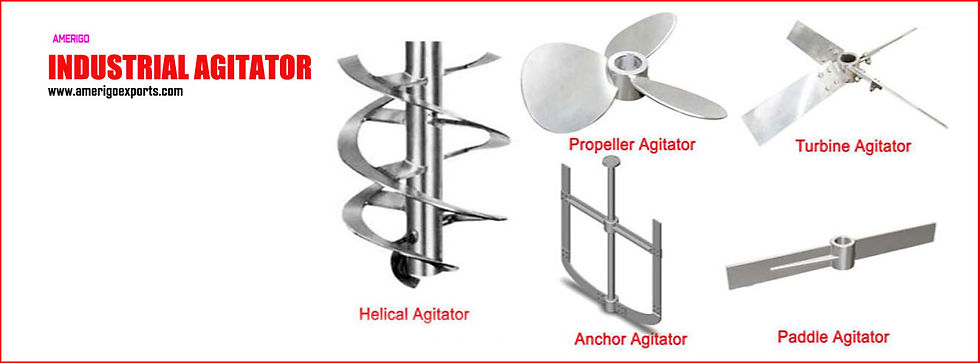Trending GRP (Glass Reinforced Plastic) and FRP (Fibre Reinforced Plastic) Chemical Storage Tanks
- Amerigo Exports
- May 15, 2024
- 2 min read
GRP (Glass Reinforced Plastic) and FRP (Fibre Reinforced Plastic) are widely used materials in the construction of chemical storage tanks due to their excellent chemical resistance, durability, and versatility. These tanks are designed to store various chemicals safely and are commonly used in industries such as water treatment, chemical processing, and pharmaceuticals.
Key Features
Corrosion Resistance: Both GRP and FRP offer high resistance to a wide range of chemicals, making them ideal for storing corrosive substances.
Durability: These materials are known for their long service life and ability to withstand harsh environmental conditions.
Lightweight: Compared to metal tanks, GRP and FRP tanks are significantly lighter, which simplifies transportation and installation.
Customizable: They can be custom-built to meet specific requirements, including different shapes, sizes, and reinforcement patterns.
Low Maintenance: The inherent properties of GRP and FRP reduce the need for frequent maintenance and repairs.
Construction and Materials
GRP Tanks: Made by reinforcing plastic with fine glass fibers. The glass fibers provide strength and rigidity, while the plastic matrix (often polyester or vinyl ester resin) offers chemical resistance.
FRP Tanks: A broader category that includes GRP. These tanks are reinforced with various types of fibers (glass, carbon, aramid) to enhance specific properties such as strength, stiffness, and thermal stability.
Applications
Water Treatment: Used for storing and treating water and wastewater.
Chemical Processing: Suitable for storing acids, alkalis, and other chemical solutions.
Food and Beverage: Ensures hygienic storage of ingredients and products.
Pharmaceuticals: Provides safe storage for sensitive and reactive chemicals.
Oil and Gas: Used for storing petroleum products and other related chemicals.
Advantages
Chemical Compatibility: Can store a wide range of chemicals without degradation.
Temperature Tolerance: Suitable for both low and high-temperature applications.
Seamless Construction: Reduces the risk of leaks and enhances structural integrity.
Design Flexibility: Can be molded into complex shapes and sizes to fit specific space constraints and application needs.
Maintenance and Inspection
Regular inspection for signs of wear, corrosion, or structural damage is essential.
Non-destructive testing methods like ultrasonic testing can be used to detect internal defects.
Periodic cleaning and maintenance are necessary to ensure longevity and proper functioning.
Regulatory Compliance
Must comply with industry standards and regulations such as ASTM, ASME, and ISO for design, manufacturing, and testing.
Specific guidelines may vary depending on the region and the type of chemicals stored.
GRP and FRP chemical storage tanks offer a reliable and efficient solution for storing a variety of chemicals in diverse industrial applications. Their superior properties such as corrosion resistance, durability, and flexibility make them a preferred choice over traditional materials like steel and concrete. Proper maintenance and adherence to regulatory standards ensure the safe and long-lasting operation of these tanks.





Comments